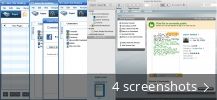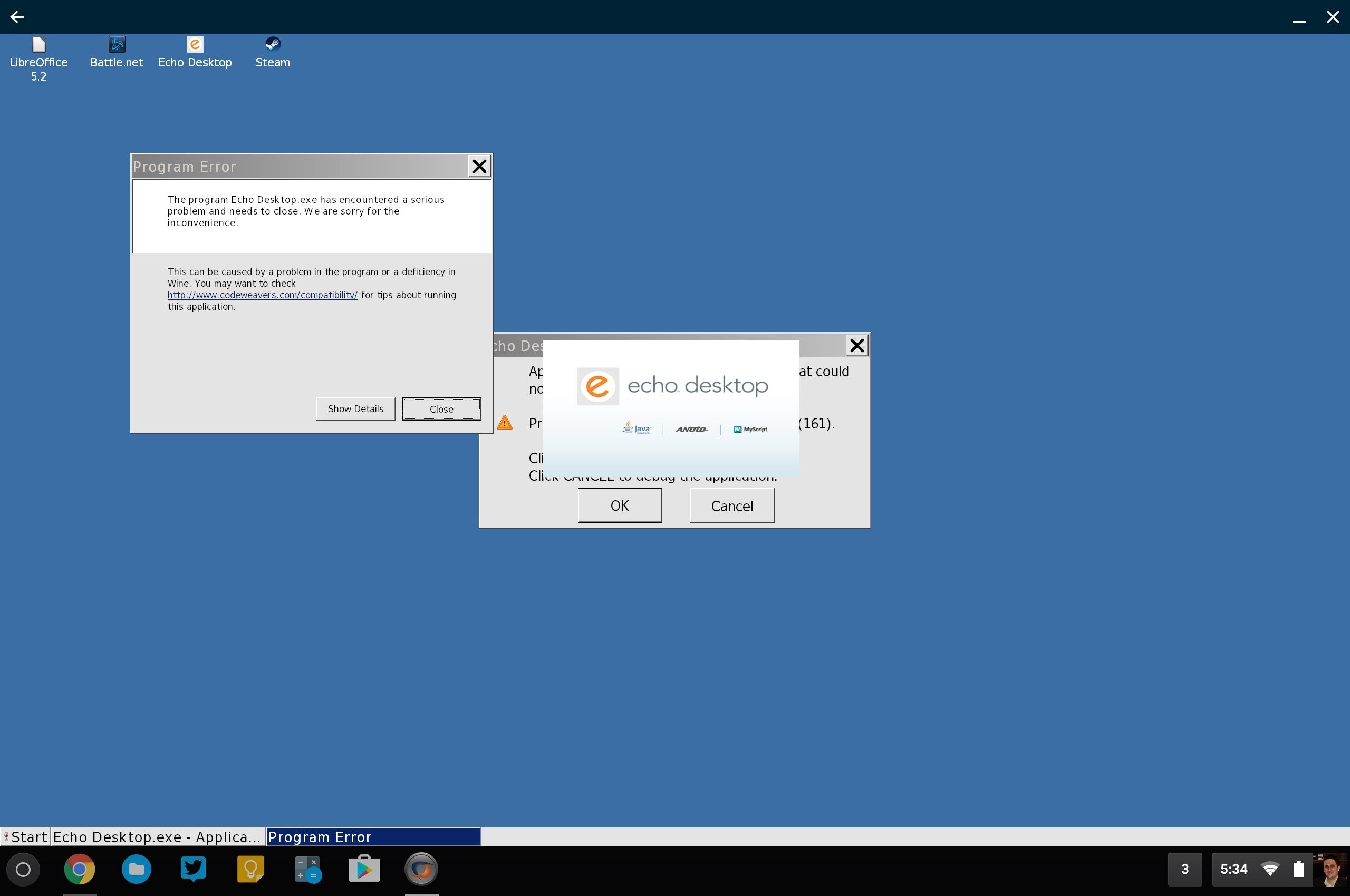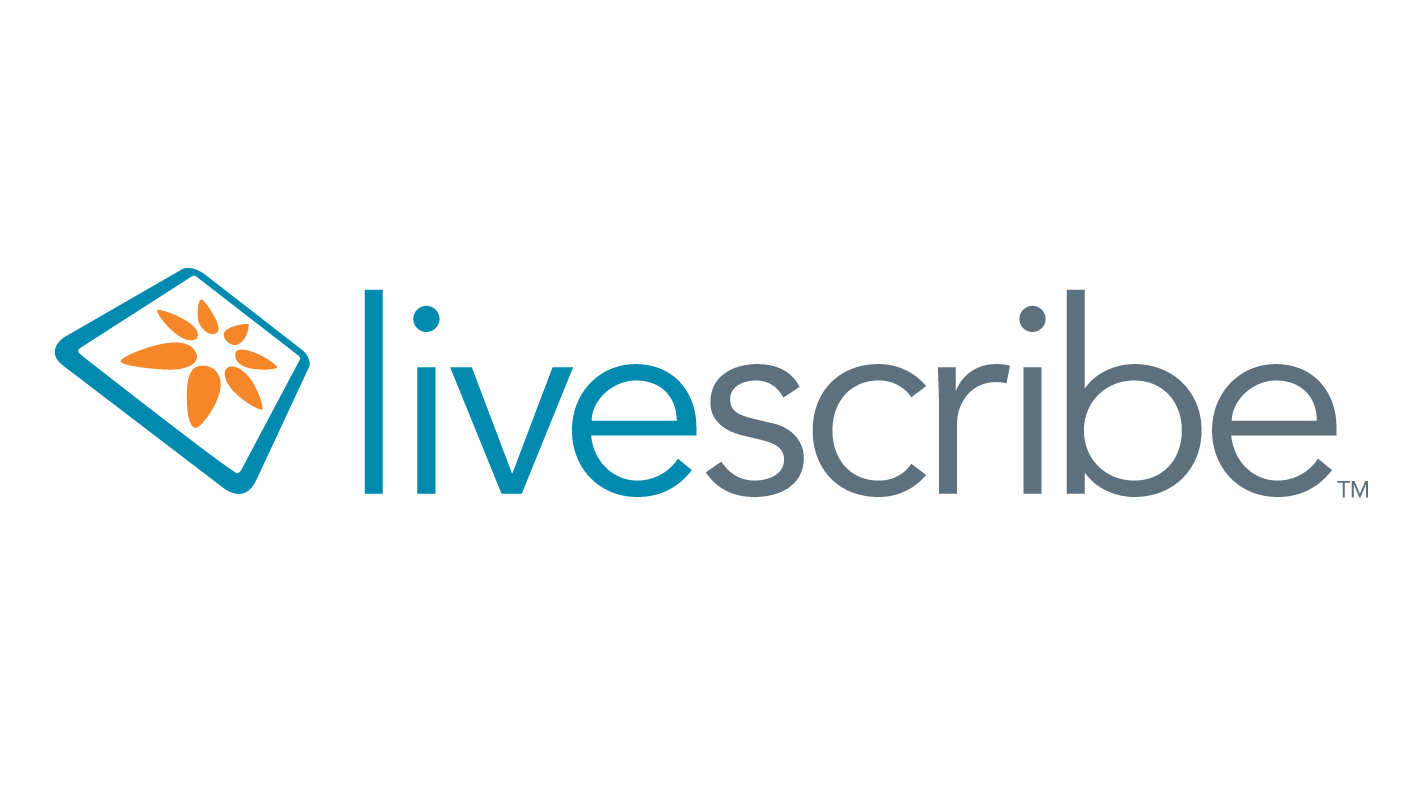

Notes taken in class can be seen, reviewed, relived on your computer as well as on your iDevice using the Pencast Player App as a study tool.
Livescribe desktop for windows software#
Pencasts are a digital version of the notes and audio allowing you to hear, see and relive your notes just as they were captured created in the Livescribe Desktop software and sent to the Pencast app. The Pencast Player App, Livescribe’s mobile app, creates Pencasts using the Echo/Pulse Pen files with the recorded audio and handwritten notes that can be uploaded via Livescribe Desktop Connect and shared via Wi-Fi on the Pencast app on your mobile iOS device. So what’s the deal with the Echo Pen and an iDevice apps? The Echo/Pulse Pen can be used primarily with the paper or synchronized to Livescribe Desktop software on your computer for archiving the pen’s files or review the recorded handwritten notes and listen to the audio in the Desktop software. Other tools or controls on the paper menu include volume, bookmarks, jumping and increasing or decreasing the playback rate. Using menus printed on the paper, recording can be started, stopped and paused. Using the specialized Livescribe paper, the pen records or videos what you are writing while recording the audio/sound at the same time. The Livescribe Echo or Pulse Pen (Echo is their newest pen and Pulse the first generation of the Livescribe Pens) allow a person to write and record audio at the same time.

In the past few years electronic recording pens such as the Livescribe Echo or Pulse Pen became available as a new method of note taking recording written and audio information simultaneously using specialized paper and an electronic pen.


Other tools for note taking include recording the lecture (given permission, or as written into the IEP) with a handheld device, via capture on an interactive whiteboard, video, or even recording it with a laptop computer (via cam or recorded using computer software). Some students require accommodations for note taking, such as have a peer note taker, getting outlines from the teacher, recieving teachers notes or having notes taken by the paraprofessional or teacher who might accompany the student(s) in the classroom. There are many barriers presented to students during note taking – spelling, understanding vocabulary presented, writing at the pace of the lecturer, writing legibly, paraphrasing when note taking, using short term memory to hold the information you want to write, writing and comprehending simultaneousely to get the information down on paper in a meaningful way for it to make sense at a later time. Note taking is a requirement of students beginning in upper elementary school and which more demanding as students transition to middle, high school and beyond. Do the students you work with have difficulty with note taking?


 0 kommentar(er)
0 kommentar(er)
